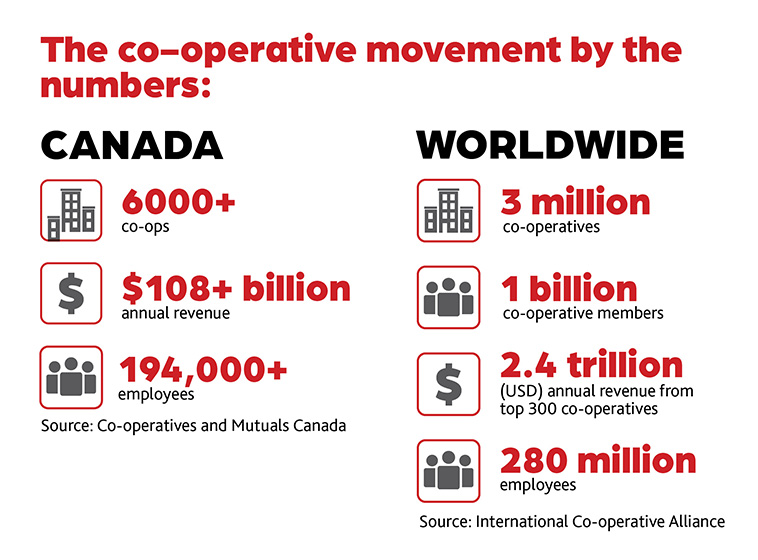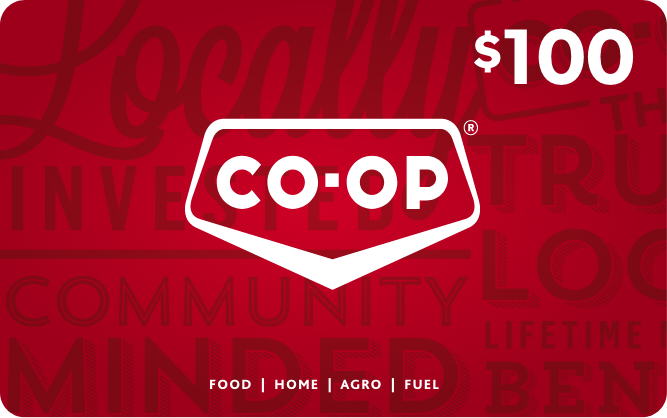 Web Content Viewer
Web Content Viewer

Co-operatives build a better world
It's International Year of Co-operatives! The theme for United Nations-designated celebration is is “Co-operatives build a better world,” so let’s talk about how they’re built.

You may know that your local Co-op is a co-operative. That sounds straightforward, but what does it mean?
- Our Co-op – with a capital ‘C’ – is both a name and a brand representing many independent co-operative associations in Western Canada that form a network and work together. We call this network the Co-operative Retailing System, or CRS. (That’s where the “crs” in Co-op websites comes from!)
- We’re Co-op, but we’re not the only co-op. The larger co-operative movement includes more than 6,000 small ‘c’ co-operative organizations in Canada and more than three million around the world.
What is a co-operative?
According to the Statement of the Co-operative Identity, a co-operative is “an autonomous association of persons united voluntarily to meet their common economic, social and cultural needs and aspirations through a jointly owned and democratically controlled enterprise.”
In short, a co-operative is a group of people working together towards a common purpose, but it’s still a bit more than that. It’s not what these groups do that defines them as co-operatives but how and why they do it.
All co-operatives are guided by shared values and these seven principles:
-
Voluntary and open membership
Co-ops welcome diverse participation, free of discrimination, from those who are able to use the co-operative’s services. -
Democratic member control
Members participate in the governance of their co-operative and elect representatives who are accountable to the membership. -
Member economic participation
Members contribute equitably to and usually receive limited compensation from their co-operative. -
Autonomy and independence
Co-ops are self-governing and self-reliant, making decisions that reflect their members' needs and interests. -
Education, training and information
Co-ops offer educational opportunities and share knowledge to help employees, members and the community. -
Co-operation among co-operatives
Collaboration between co-operatives builds supportive networks and achieves common goals. -
Concern for community
Co-ops work to improve the quality of life and address social issues where their members live and work.
Many types of co-operatives
Co-operatives can be for-profit businesses or non-profit organizations in almost any sector – retail, agriculture, finance and health are just a few examples.
Consumer co-operatives, such as your local Co-op or credit union, are owned by their members. These co-operatives are started so their members can buy their goods or services and share in the benefits of collective ownership.
There are also producer co-operatives, worker co-operatives, housing co-operatives, community service (or social) co-operatives, multi-stakeholder co-operatives and more. And although they come up when you search for co-ops online, co-operative education programs, co-op students and co-op gaming are not tied to the co-operative model.

Learn more about co-operatives in Canada
Shared values. Shared benefits. Co-operatives around the world have made huge impacts in their communities, and Co-op is proud to be one of them.
Want to learn more about the co-operative movement? More information is available at www.2025.coop.
Ready to join your local Co-op? Click over to co-op.crs/membership to get started.





